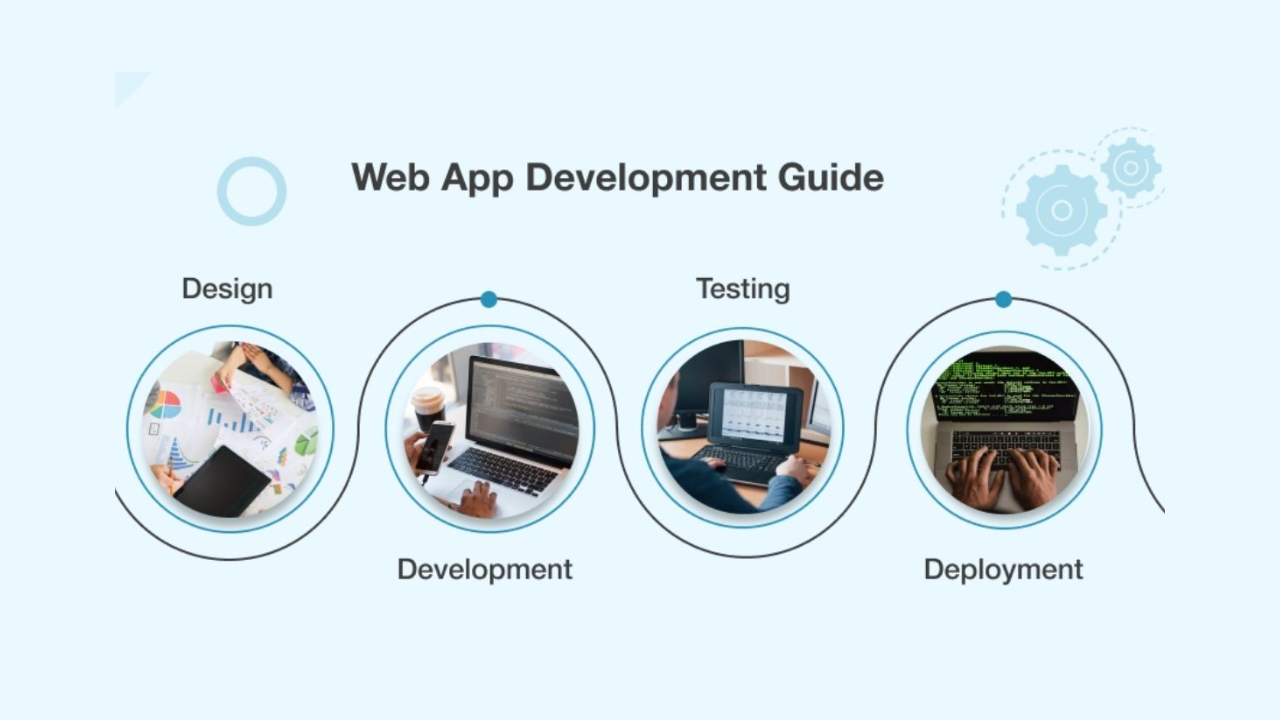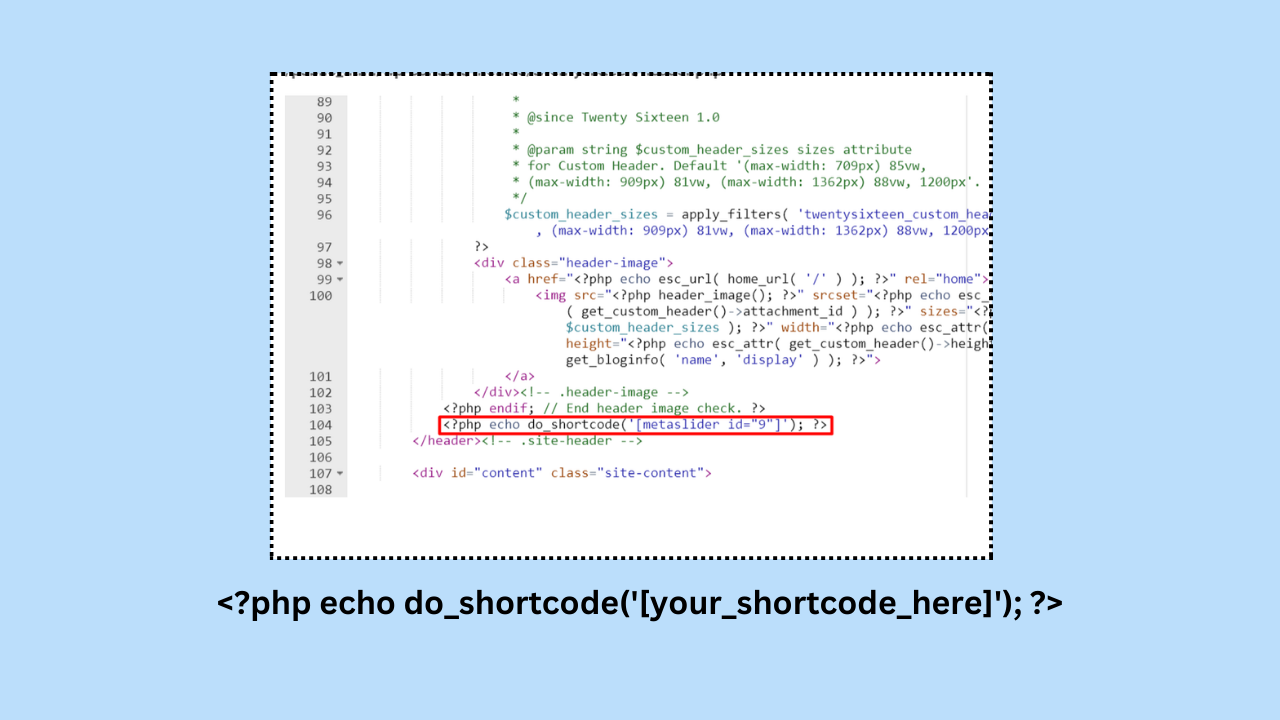Product Operations, often referred to as “ProdOps,” is a discipline within the field of product management that focuses on optimizing the processes, communications, and workflows related to the development and management of a product. It aims to ensure that product teams work efficiently and effectively, delivering successful products on time and within budget. Here’s a beginner’s guide to Product Operations for product managers:
Key Functions of Product Operations:
- Process Optimization: Product Operations professionals analyze and refine the product development process. They identify bottlenecks, inefficiencies, and areas for improvement. This can involve streamlining workflows, setting up project management tools, and defining best practices.
- Cross-Functional Coordination: Coordination is a critical aspect of ProdOps. It involves aligning efforts among various teams, including engineering, design, marketing, and customer support. Effective communication and collaboration are essential.
- Data and Metrics: ProdOps often focuses on defining key performance indicators (KPIs) and establishing data-driven decision-making processes. They work with analytics tools to track product performance and gather insights for continuous improvement.
- Project Management: Product Operations professionals may take on project management responsibilities, ensuring that projects are delivered on time and on budget. This includes setting timelines, managing resources, and tracking progress.
- Documentation and Knowledge Management: Maintaining documentation is crucial for efficient product development. ProdOps can oversee the creation and management of documents, including product roadmaps, design specs, and user stories.
- Stakeholder Communication: They facilitate communication between product teams and stakeholders, ensuring that everyone has a clear understanding of the product vision, goals, and progress.
Benefits of Product Operations:
- Efficiency: By streamlining processes and improving communication, ProdOps helps product teams work more efficiently, reducing wasted time and resources.
- Alignment: It ensures that all teams are aligned with the product strategy and work toward common objectives.
- Data-Driven Decision-Making: ProdOps helps product managers make informed decisions based on data and metrics, leading to better outcomes.
- Consistency: Standardized processes and documentation promote consistency and reduce the risk of misunderstandings or misalignment.
How to Get Started with Product Operations:
- Learn the Basics: Begin by understanding the core concepts and functions of Product Operations. Read books, take online courses, and follow experts in the field.
- Collaborate: Work closely with colleagues in related roles, such as project managers, data analysts, and UX designers, to gain practical experience.
- Apply Tools and Software: Familiarize yourself with project management tools, collaboration platforms, and data analytics software. These are essential for effective ProdOps.
- Stay Informed: Keep up with industry trends and best practices by reading books, blogs, attending webinars, and participating in professional networks.
- Practice: Gain hands-on experience by taking on ProdOps responsibilities within your current product management role.
- Certifications: Consider pursuing relevant certifications, such as Certified ScrumMaster (CSM) or Certified Product Owner (CPO), to enhance your skills.
Product Operations plays a vital role in the success of product management. It ensures that product development processes are efficient, collaborative, and data-driven. By embracing this discipline, product managers can enhance their abilities to deliver successful products.










